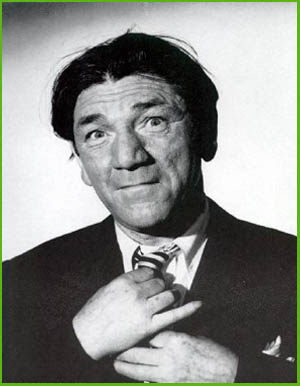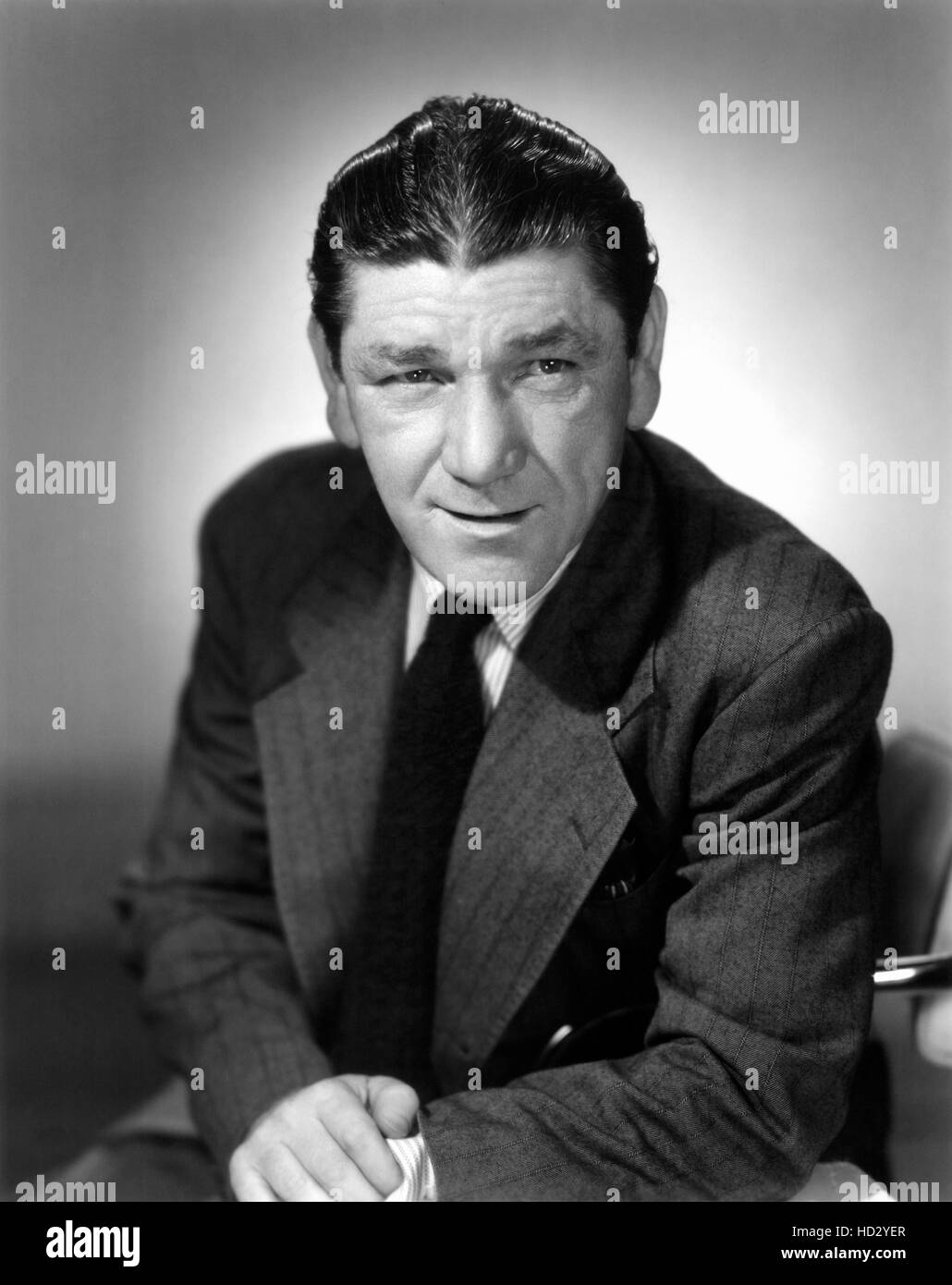How much do we truly know about Shemp Howard, the man behind the iconic slapstick humor of The Three Stooges? Born as Samuel Horwitz, this comedic genius was not only a crucial part of one of America's most beloved comedy acts but also an individual with a rich and complex personal history. A bold statement supporting this question is that Shemp Howard’s contributions to comedy were overshadowed by his brothers Moe and Curly, yet his legacy endures through timeless performances that continue to entertain audiences worldwide.
Shemp Howard, originally named Samuel Horwitz, emerged from humble beginnings in Brooklyn, New York. Born on March 11, 1895, he was raised in a close-knit Jewish family alongside his four brothers: Moe, Curly, Irving, and Jack. Growing up in such an environment cultivated a sense of camaraderie among the siblings, which later translated into their professional careers. As a young man, Shemp exhibited a natural flair for comedy, often entertaining friends and family with his antics. This talent eventually led him to pursue a career in entertainment, marking the beginning of a journey that would see him become one of the most recognizable figures in American comedy history.
| Biographical Information | |
|---|---|
| Full Name: | Samuel Horwitz |
| Born: | March 4, 1895, Brooklyn, NY |
| Died: | November 22, 1955, Hollywood, CA |
| Cause of Death: | Heart Failure |
| Family: | Solomon Horwitz (Father), Jennie Horwitz (Mother); Brothers: Moe Howard, Curly Howard, Irving Horwitz, Jack Horwitz |
| Professional Career: | Comedian, Actor, Member of The Three Stooges |
| Notable Achievements: | Integral member of The Three Stooges; Solo career during the 1930s; Rejoined the group post-Curly era |
| Reference: | Wikipedia - Shemp Howard |
Throughout his life, Shemp balanced his time between working independently and collaborating with his brothers. During the 1930s, he embarked on a successful solo career, appearing in numerous short films and establishing himself as a formidable presence in the world of comedy. However, fate intervened when circumstances necessitated his return to The Three Stooges following Curly Howard's untimely departure due to illness. Shemp stepped back into the role of the third Stooge, bringing his unique brand of humor to the act once more. His ability to adapt and thrive under varying conditions demonstrated his versatility and resilience as a performer.
The impact of Shemp Howard's death in 1955 reverberated throughout the entertainment industry. At just 60 years old, his passing marked the end of an era for The Three Stooges. To address the challenge posed by his absence, filmmakers introduced innovative techniques like Fake Shemp, where body doubles were employed to complete unfinished scenes. This method became a staple in cinema, showcasing how Shemp's influence extended beyond his lifetime. Moreover, interviews with authors like Burt Kearns shed light on lesser-known aspects of Shemp's life, debunking myths while celebrating his achievements.
In the early days of vaudeville, Shemp joined forces with his brother Moe and Ted Healy, forming the foundation of what would later evolve into The Three Stooges. Their act gained immense popularity, earning them substantial financial rewards despite modest payments allocated to the stooges themselves. Over time, tensions arose within the troupe, leading to Shemp's initial departure. Yet, his bond with his brothers remained strong, ensuring his eventual return when needed most. Through it all, Shemp maintained a distinctive persona characterized by wit, charm, and physical comedy prowess.
Today, fans of The Three Stooges continue to cherish Shemp Howard's contributions to the franchise. From his memorable catchphrases to his dynamic stage presence, every aspect of his performance left an indelible mark on generations of viewers. Although often overlooked compared to his siblings, Shemp's legacy persists as a testament to his enduring appeal and significance within the realm of comedy. By examining his life and career, we gain valuable insights into the complexities of fame, family dynamics, and the artistry required to succeed in show business.
Ultimately, Shemp Howard stands as a shining example of perseverance and creativity in the face of adversity. Whether performing alongside his brothers or forging his own path, he consistently delivered laughter and joy to countless individuals across the globe. As we reflect upon his remarkable journey, let us celebrate not only his accomplishments but also the profound impact he had on those fortunate enough to witness his brilliance firsthand.



